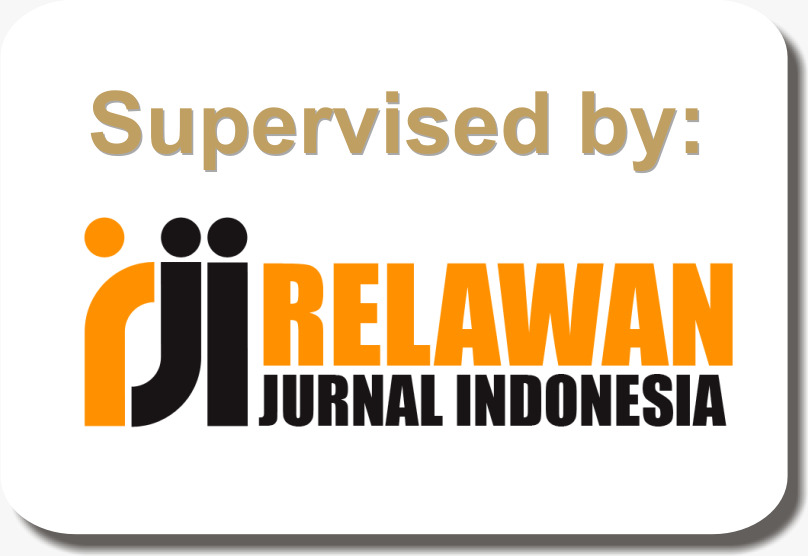The Influence of Mind Mapping in Teaching Reading Comprehension to the Eighth Grade Students of SMP Muhammadiyah 1 Rawa Bening
DOI:
https://doi.org/10.30599/jti.v9i2.96Keywords:
Teaching, Reading Comprehension, Mind Mapping TechniqueAbstract
The objectives of this study is: “to find out whether or not there Is the influence between the students who are taught by using mind mapping technique and who are not taught by using mind mapping technique â€. The 60 samples out of 120 students from the eighth grade students were chosen by means purposive sampling technique. It used quasi-experimental method, nonrandomized pretest and posttest design. The data was analyzed using independent t-test for SPSS. The result showed that t-obtained was 6.20, while t-table was 2.04. it means that there was the influence between the students who were taught by using mind mapping technique and who were not taught by using mind mapping technique.
Downloads
References
Buzan, T. (2007). Buku pintar mind map. Jakarta: PT. Gramedia Pustaka Utama.
Cahyono, B.Y., & Widiati, U. (2006). The teaching of EFL reading in the Indonesian context: the state of the art. TEFLIN Journal. 17(1), 53-55.
Chard, D., & Santoro, L.E. (2008). Building a community of reading experts: What is reading comprehension and why is it important?. Eugene: University of Oregon,.
Badan Standar Nasional Pendidikan. (2006). Standar isi. Jakarta: Departemen Pendidikan Nasional.
Devine, T. G. (1987). Teaching reading comprehension from teaching to practice. Boston: Merril Publishing.
Freeman, D. L., & Long, M. H. (1991). An introduction to second language acquisition research. Cambridge : Longman Group.
Hart, B., & Risley, T. R. (2003). The early catastrophe: The 30 million word gap by age 3. American Educator, 1(2), 4-9.
Direktorat Tenaga Kependidikan. (2008). Kurikulum tingkat satuan pendidikan (KTSP). Direktorat Jenderal Peningkatan Mutu Pendidik dan Tenaga Kependidikan: Departemen Pendidikan Nasional.
Nugroho, T. (2009). Teaching reading. Jakarta: Ministry of National Education.
OECD. What students know and can do: Student performance in reading, Mathematics and Science (Vol. I). Available at http://dx.doi.org/10.1787/9789264091450-en. (Accessed 16 February 2010).
Pearson, P. D., Roehler, L., Dole, J., & Duffy, G. (1992). Developing expertise in reading comprehension. In S.J. Samuels & A.E. Farstrup (Eds.), What research has to say about reading instruction (pp. 145-199). (2nd ed). Newark, DE: International Reading Association.
Thorndike, R. D. 1992. Reading in a foreign language: Identification of subskills of reading comprehension by maximum likelyhood factor analysis. Chicago: Riverside Publishing.
UNESCO. Mother tongue multilingual education. Available at http://www.portal.unesco.org/education/en/ev/. (Accessed 2 June 2009).
Windura, S. (2008). Mind map : Langkah demi langkah. Jakarta: PT. Elex Media Komputindo.









